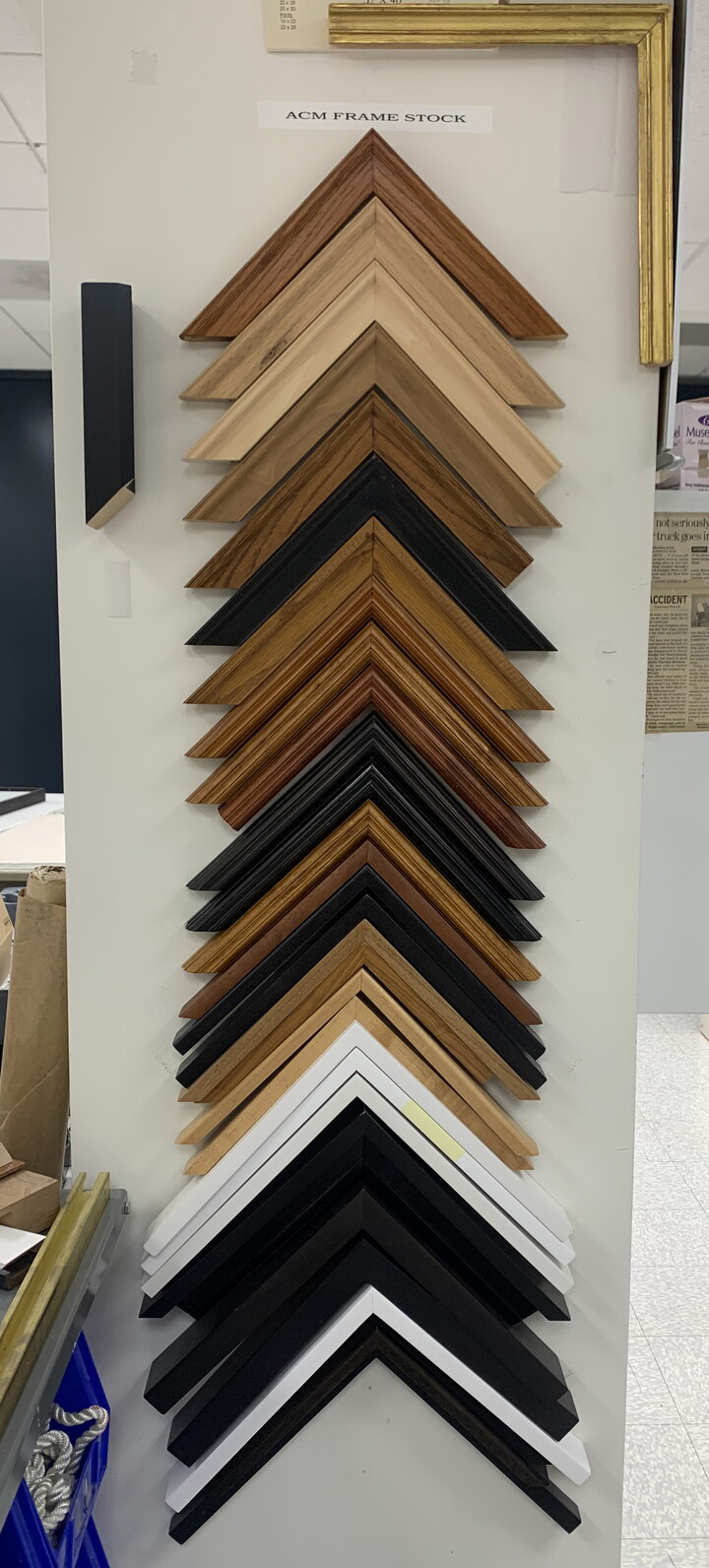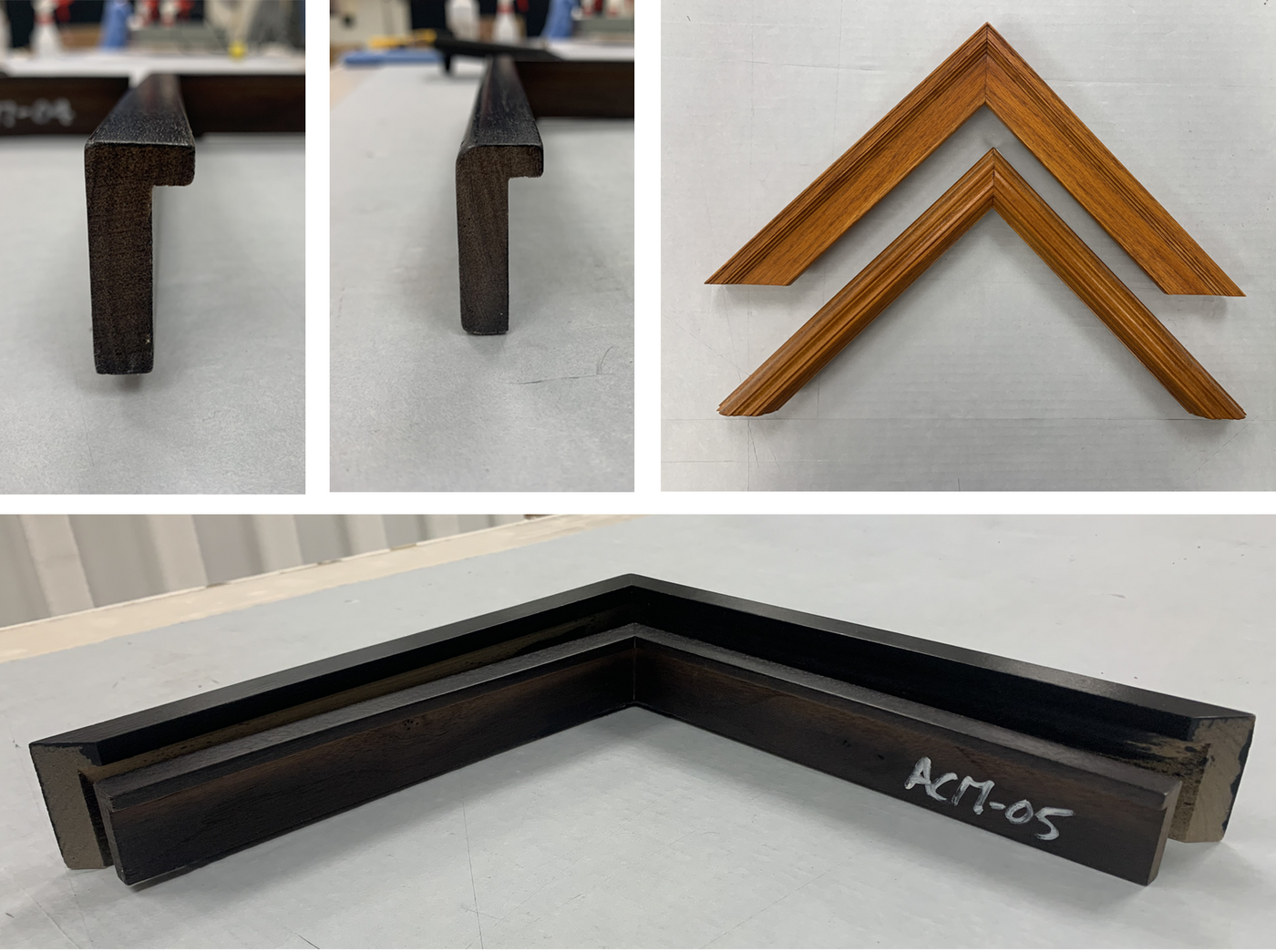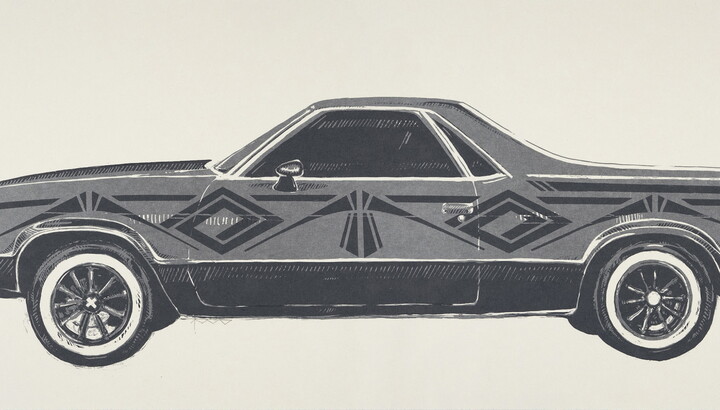The Carter Blog
Carter ARTicles
Framing our collection
Jan 18, 2023
Have you ever seen a framed artwork in a museum and wondered, “How was it done? Who framed it? Who decided on the frame style?” In many cases, the answer is that it was framed by the artist or their gallery and delivered and exhibited in the same frame for much of its life. But sometimes, these frames need to be replaced. At the Carter we do our own framing—sometimes we frame as many as 300 artworks in a single year! In-house framing allows us to efficiently protect and display our collection in a visually consistent and high-quality manner.
Why is it framed?
There are various reasons for framing. Generally speaking, the frame is intended as an aesthetically pleasing way to protect and display an artwork. The Carter collection is abundant in works on paper and photographs, so the vast majority of our works will be framed for display. But when it comes to storage, having so many framed artworks poses quite the challenge! So, most artworks are stored flat, with their display mats serving as protective housing. The exceptions to this are larger paintings with custom frames and any works that, for whatever reason, store more safely in their frames.
Who frames?
Artworks are framed by the preparatory staff, or preparators. In my two years at the Carter, I’ve probably framed about 300 works. When an artwork needs to be framed, we meet with a curator to discuss the appropriate frame moulding, size, and color for the artwork. If the frames don’t exist already, we create a frame list and submit it to our fabrication shop. Frames are then made by our exhibition carpenter in one of our standard sizes from moulding stock sourced from a local mill. They are then returned to the prep department, where we do the framing.
What are frame aesthetics?
Frame mouldings come in an unlimited number of configurations. At the Carter, we limit our frame moulding options in order to remain efficient. There are primarily three moulding types, with variations within the types. The first is a flat, contemporary style frame with square edges. Second is a very similar profile but with the front edge rounded. Either of these profiles can come in a standard depth or a “deep dish.” A standard depth frame is typically used for matted works where the mat can be sandwiched against the Plexiglass in the frame. “Deep Dish” frames allow room for spacers, in case an artwork needs to be held away from the glass to be protected. This might be the case with a print or photo that is floated with no top mat. The third most common moulding is a “western,” which is slightly more decorative and comes in both wide and narrow profiles. The “western” moulding lends itself well to older photographs and prints, such as sepia-toned photos. Any of these can be finished in various fashions, including but not limited to ebony stain, white, and natural stain.
There are so many options! Framing can easily become a very complicated process. This is why our collections department has pared down the myriad options to the Carter’s very specific needs. It’s sometimes necessary for us to use an outside framer to fill the specific needs of one artwork, but for the general care and tasteful display of the Carter’s collection, in-house framing is the standard. Next time you visit the Carter, take a moment to admire the frames and the work that goes into making our collection looks its best.





